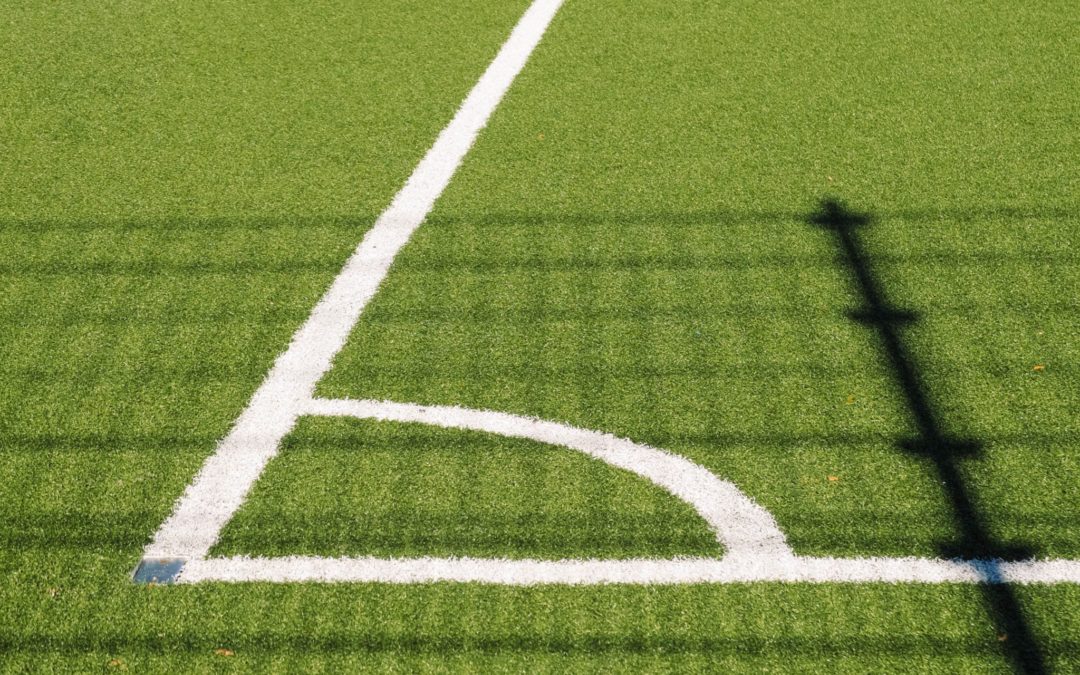Artificial Turf & Baseball Field Maintenance Practices: Keeping Your Field in Top Condition
Maintaining an artificial turf baseball field is crucial for ensuring optimal performance, safety, and longevity. From regular cleaning to proper grooming and repair, there are several key turf baseball field maintenance practices that turf field managers should prioritize. In this blog post, we’ll outline some important baseball field synthetic turf maintenance practices to help you keep your turf infield and outfield in top condition.
Regular Cleaning
Regular cleaning is essential for preventing debris buildup and maintaining the appearance of your baseball field turf. Remove leaves, dirt, and other debris using a leaf blower or specialized turf sweeper.
After removing debris, use a gentle detergent and water solution to spot clean any stains or spills on the turf surface. Regular cleaning helps prevent compaction and maintains proper drainage, ensuring a safe and playable surface for athletes.
Grooming and Brushing
Grooming and brushing field turf on a baseball field helps to evenly distribute infill and fibers throughout the turf field, prevent baseball infield turf compaction, and maintain uniformity. Use a specialized grooming machine or brush to lift and fluff the turf fibers, keeping them upright and resilient. Regular grooming of the artificial turf baseball field also helps to reduce the risk of surface irregularities and improves traction for athletes.
Aerating
Aerating the turf field is essential for promoting healthy root growth and improving soil drainage. Use a core aerator to remove small plugs of soil from the turf surface, allowing air, water, and nutrients to penetrate the root zone more effectively. Aerating field turf in baseball fields helps to alleviate compaction and reduce the risk of waterlogging, promoting a healthier and more resilient turf for your baseball field.
Infilled Turf Maintenance
Proper maintenance of infill materials, such as rubber or sand, is essential for preserving the performance and safety of the turf field. Regularly check the infill levels and replenish as needed to maintain proper field characteristics, such as shock absorption and traction when playing baseball on turf. Use specialized equipment to redistribute infill and break up any compacted areas to ensure consistent playing conditions across the field.
Repairing Turf Damage:
Promptly address any signs of damage or wear on the turf field to prevent further deterioration and maintain player safety. Repair minor tears or seam separations using specialized turf repair kits and adhesives.
For more extensive damage, such as large tears or depressions, consult with a professional turf maintenance company to assess the extent of the damage and recommend appropriate repairs.
Monitoring and Inspection:
Monitor the condition of your turf field regularly and conduct thorough inspections to identify potential issues or hazards. Pay attention to areas of high traffic or wear, such as goalmouths and midfield, and promptly address any signs of compaction or surface irregularities. By staying proactive and attentive to maintenance needs, you can ensure that your turf field remains in top condition for years.
In conclusion, implementing proper turf field maintenance practices is essential for preserving your field’s performance, safety, and longevity. By incorporating regular cleaning, grooming, aerating, infilled maintenance, repairing damage, and monitoring, you can keep your turf field in optimal condition and provide athletes with a safe and playable surface for training and competition.
If you’re interested in artificial turf for baseball field systems, reach out to our team and learn about the technology’s features, cost, and benefits for baseball/softball. The material’s durability even under heavy use, its look, and the convenience of installation and maintenance compared to natural grass, make it a great option for many fields.

